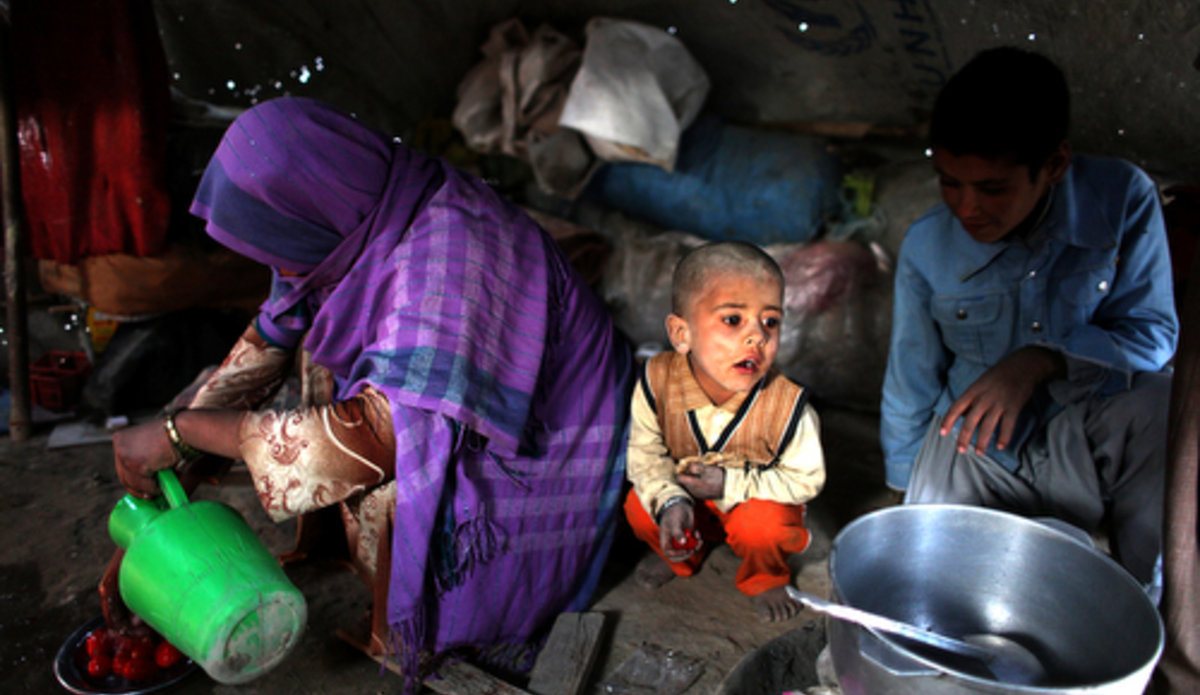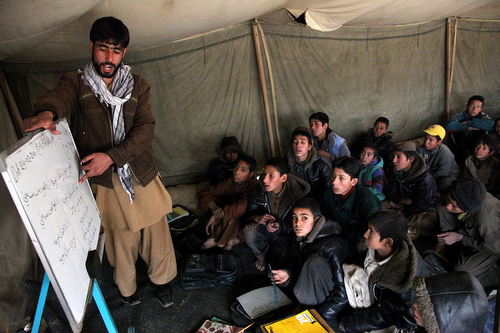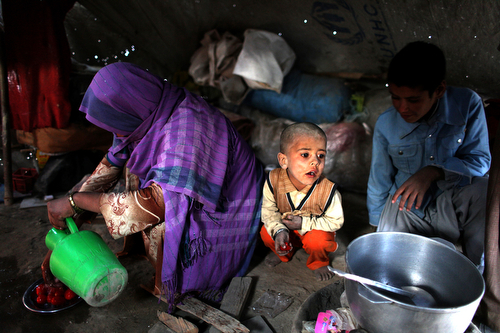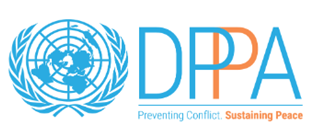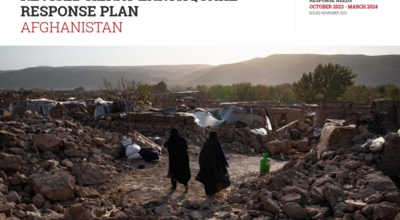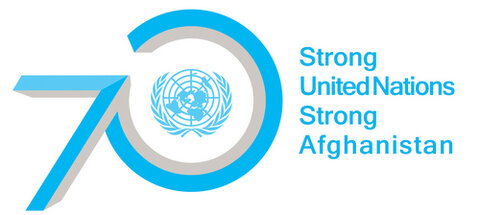Nearly 60,000 Afghans internally displaced in the first half of 2013
KABUL - Nearly 60,000 people were displaced inside Afghanistan’s borders during the first half of 2013, mainly due to armed conflict and general deterioration of security situation, according to the United Nations agency responsible for bringing together humanitarian actors to respond to emergencies.
According to the July humanitarian bulletin of the UN Office for the Coordination of Humanitarian Affairs (OCHA), released earlier this week, some 59,000 people added to Afghanistan’s population of internally displaced persons (IDPs), with the total number rising to more than 574,000.
“More and more people are moving to urban areas in order to escape conflict and access services,” the bulletin stated. The UN agency also anticipates that “internal displacement will continue its upward trend” as Afghanistan goes through security, political and economic transitions.
“Services, housing and employment opportunities in the urban areas are frequently inadequate and overstretched. Displaced persons face a high number of protection risks linked to urban displacement,” the bulletin noted.
Southern Afghanistan continues to host the highest number of IDPs. Armed conflict and hostilities are cited by almost 40 per cent of IDPs as the main cause of their displacement, followed by a general deterioration in security, intimidation, threats and harassment, added the bulletin.
During the month of May alone, an estimated 32,000 Afghans were displaced inside their country, with 27,000 of them displaced from five northern districts of the southern province of Helmand.
Humanitarian actors in Afghanistan often note that active hostilities, particularly in rural areas, are hampering civilians’ access to essential basic services, and impeding humanitarians’ access to displaced populations. “Access to health services and schools are being reduced because of the conflict,” said the bulletin.
The Office of the UN High Commissioner for Refugees (UNHCR), which provides humanitarian assistance to the IDPs in Afghanistan, has noted on its website that internal displacement has increased significantly in Afghanistan during the last three years. The UN refugee agency works to respond to immediate needs, pursue advocacy to reduce displacement and support durable solutions.
The Government of Afghanistan has prepared a National IDP Policy, which awaits Cabinet endorsement. In June, the Minister for Refugees and Repatriation, Dr. Jamaher Anwary, said that endorsement of the policy will be “significant progress” towards solving IDPs’ problems.
 UN
UN
